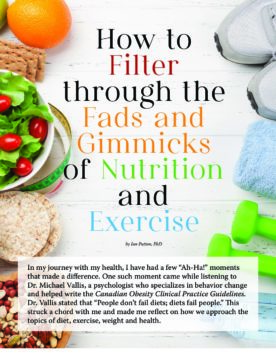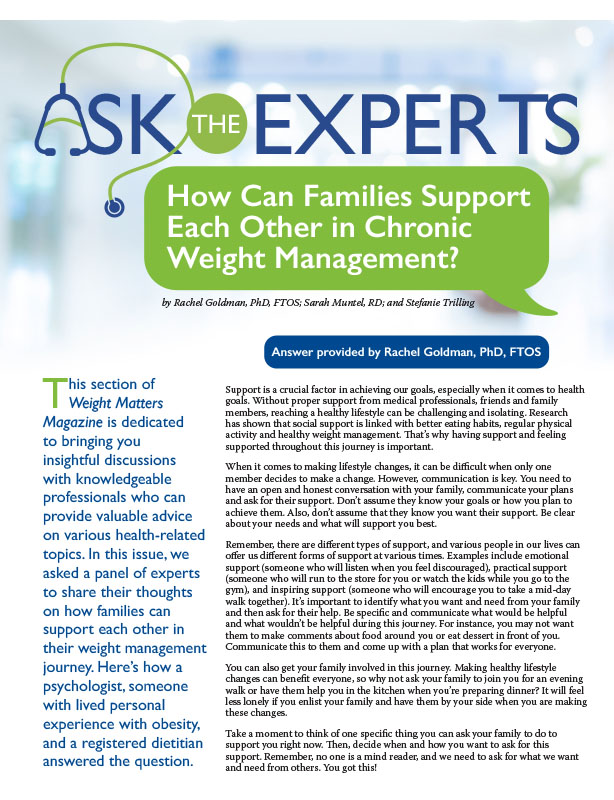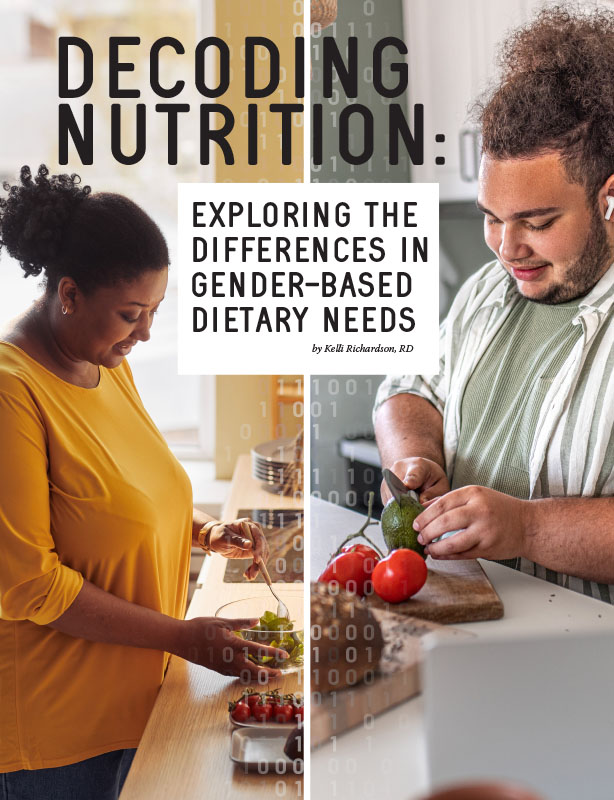The Secret to Aging Gracefully


by Chaundra Evans RD, LDN, CEDRD-S
Summer 2022
2020 statistics show the global population of individuals 60 years and older is over 1 billion. By 2050, the population of older adults is predicted to nearly double to 2.1 billion (that’s nearly of our population)! Whether we like it or not, aging is one thing we all have in common. Becoming more knowledgeable about how our bodies change over the years and the role nutrition plays in aging gracefully can be beneficial to everyone.
Healthy Aging
Genetic inheritance plays a significant role in the biology of aging, and we cannot control that factor. However, we can take charge of our physical and social environment, response to stress, sleep habits, natural movement and nutrition, which all have compelling roles in healthy aging. Learning nutrition’s role in weight management and common co-morbidities of older adults can prevent disease while improving emotional well-being and longevity for you personally and your loved ones.
Globally, cardiovascular disease, stroke and chronic lung disease are the most fatal health conditions in older people. Other co-morbidities associated with aging include:
- Obesity
- Hypertension
- Cancer
- Diabetes
- Osteoarthritis
- Osteoporosis
- Depression
With heart disease and cancer being the leading causes of death in the US, we need to focus on strategies that can help manage these conditions. It is also crucial that we bring awareness to the challenges of weight management in adults over 60.
Heart Health
Nutrition is of utmost importance when it comes to heart health. Before recommending some of the best foods for cardiovascular health, let’s have a heart-to-heart about cholesterol. Cholesterol levels naturally increase with age, but high levels can be prevented. Cholesterol only comes from animal products so plant-based products are naturally cholesterol-free. Many older Americans are aware that high cholesterol is dangerous, however, I witness a lack of knowledge about lowering/maintaining their own cholesterol levels.
If diagnosed with high cholesterol, the goal is to raise HDL (high-density lipoprotein) levels to at least 50 milligrams per deciliter and lower LDL (low-density lipoprotein) levels with the goal of keeping them below 100 milligrams per deciliter. The goal is to keep total dietary cholesterol <200 mg/day and try to consume 20-30 grams of fiber each day.
The recommendations below are nutrition strategies to reduce the risks associated with cardiovascular disease:
- Consume whole-grain complex carbohydrates that are high in fiber.
Examples: air-popped popcorn, oatmeal, quinoa, bran flakes, rye bread, barley, wheat berries, millet, whole farro
- Consume fish (especially oily fish) at least twice per week.
Examples: salmon, tuna, trout, mackerel, herring, sardines
- Choose and prepare foods with little or no salt.
- Choose nonfat/low-fat dairy products.
- Incorporate fresh and frozen produce into meal planning daily.
- Consume omega-3-rich foods.
Examples: flax seeds, chia seeds, tofu, hemp hearts, pumpkin seeds, sunflower seeds, walnuts, olive oil
- Add nuts and seeds (1-2 handfuls/day).
- Add beans and legumes to meals (at least 1/2 – 1 cup/day).
- Aim for a Mediterranean style of eating, consuming more plant-based meals and less meat.
Cancer Prevention
Carotenoids, flavonoids, antioxidants, and phytochemicals are buzzwords in the nutrition world related to cancer prevention. The relationship between those powerful compounds and the human body is extremely complex and we’re still learning. Here’s what you need to know to keep things simple – every day, consume a variety of brightly-colored fruits and vegetables. Below are some examples of brightly-colored fruits and vegetables:
Red: Beets, cherries, watermelon, red peppers, radishes and red grapes
Yellow and Orange: Apricots, lemon, nectarine, carrot, papaya and sweet potatoes
Blue and Purple: Blackberries, blueberries, figs, purple onion, eggplant and prunes
Green: Asparagus, broccoli, Brussel sprouts, spinach, cabbage and limes
White and Brown: Mushrooms, garlic, cauliflower, parsnips, bananas and potatoes
Weight Management
Weight management can be challenging with age as the body experiences changes in metabolic rate, hormones, nutritional status, co-morbidities, inflammation, lifestyle, etc. Muscle strength gradually decreases starting in our 30s and additional decline accelerates significantly in our 60s. A sedentary lifestyle combined with a slow metabolic rate expedites this process making it easier to gain weight and harder to lose weight. Maintaining higher levels of fitness and strength in conjunction with a quality diet can prevent and/or reverse the loss of muscle.
Move your body more. Do what you can. Find activities that are fun and joyful and you’re more likely to want to stay engaged. It may be helpful to meet with a dietitian to learn your individual protein goals and how to plan a proper diet. A dietitian can help you determine your daily protein needs and how to distribute protein intake throughout the day to help prevent muscle loss and maintain what you have. You may benefit from finding a senior center or personal trainer that can teach you how to strength train safely.
Other behavioral factors that can keep one’s metabolism running efficiently include:
- Staying hydrated
- Getting a good night’s sleep
- Consuming a primarily whole-food-based diet
- Minimizing processed foods
- Eating approximately every 3-4 hours
Conclusion
In summary, consuming a variety of primarily whole food, plant-based meals is associated with increased life expectancy, slowing the aging process, lower incidences of cardiovascular disease and cancer, and lower rates of obesity. A plant-heavy diet emphasizes the consumption of vegetables, fruits, whole grains, nuts, seeds, legumes including beans and lentils, and healthy oils. The secret to living a long and healthy life may not be a secret at all. Contrary to popular belief, you CAN teach an old dog new tricks – it just takes patience, consistency and intention.
About the Author:
Chaundra Evans, RD, LDN, CEDRD-S, is a registered dietitian who specializes in bariatrics and eating disorders for the past 18 ½ years. She helps her clients build a healthy relationship with food using a non-diet approach. Her compassionate and empathetic style helps empower individuals to make healthier choices using holistic approaches towards their nutrition goals. She is certified in Adult Weight Management by the Academy of Nutrition and Dietetics, is an Integrated Health Associate Member of the American Society for Metabolic and Bariatric Surgery, is recognized as a Certified Eating Disorder Registered Dietitian and Approved Supervisor by the International Association of Eating Disorders Professionals, acknowledging high level of competence and experience in eating disorders treatment.
by Rachel Goldman, PhD, FTOS; Sarah Muntel, RD; and Stefanie Trilling Winter 2024 This section of Weight…
Read Articleby Kelli Richardson, RD You’ve probably heard the generic advice before: Eat your fruits and veggies. Limit…
Read Articleby Cassie Story, RD Fall 2023 As the crisp autumn breeze sets in and the leaves start…
Read Article








